Children’s Dentist – Rio Rancho, NM
Helping Young Smiles Grow Up Healthy and Bright

The kind of dental care your child receives at a young age can have a significant impact on how their smile develops. If your little one isn’t already visiting the dentist every six months, now’s the best time to start! At Southwest Dental, Dr. R and the rest of our staff work to maintain a relaxing environment where dental patients of all ages can get the care they need. Call us today if you’re ready to schedule a visit for your child with our trusted children's dentist in Rio Rancho, NM.
Why Choose Southwest Dental for Children’s Dentistry?
- Comfortable, Family-Friendly Environment
- Welcoming, Locally Owned Dental Office
- Focused on High-Quality Dentistry
Dental Checkups & Teeth Cleanings for Kids
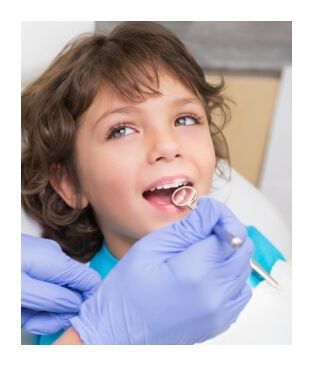
Cavities are a very common disease in children, which makes regular checkups and cleanings especially important at a young age. We’ll take whatever steps are necessary to keep your child comfortable so that they walk away with a positive impression of our dental office; this will make their future visits more enjoyable for everyone! Note that these appointments are also an opportunity for us to keep an eye on your child’s mouth as it grows; if there are any unexpected developments, we’ll let you know right away.
Dental Sealants
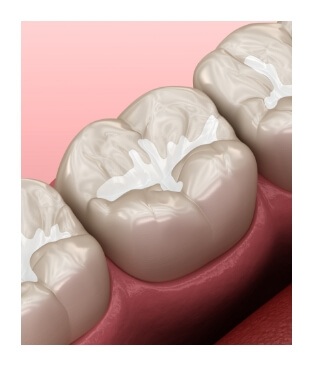
Younger children need time to develop proper brushing skills, but in the meantime, their teeth are still vulnerable to decay. We can use dental sealants as a way to keep your little one’s smile safer until they’ve mastered their oral hygiene routine. Dental sealants are normally placed on the molars and premolars – which are typically the hardest teeth to reach with a toothbrush –to protect them from harmful bacterial buildup. This treatment is also recommended for baby teeth that are at a high risk of decay.
Fluoride Treatments
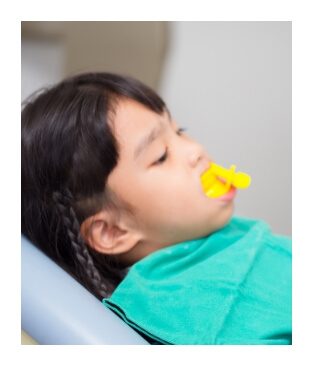
When fluoride is administered in safe amounts, it can be an extremely vital part of your child’s oral health. The mineral strengthens the enamel to protect it from the bacteria that can cause decay; this helps keep the baby teeth safe until they’re ready to come out. We may recommend a fluoride application once your child’s cleaning is complete to reduce the risk of a cavity forming before their next appointment in six months.
Tooth-Colored Fillings
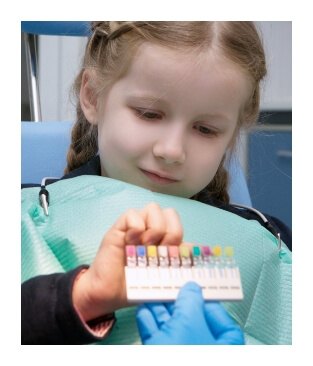
Once you realize that your child has a cavity, you’ll want to have the damage repaired as soon as possible. Untreated cavities can eventually lead to pain, tooth loss, and other serious problems. We can remove the decayed parts of the tooth and replace the lost enamel with a tooth-colored filling. The composite resin used to make the filling can be shaded to blend in with the enamel so that your child doesn’t have to feel self-conscious about their restored tooth.
Athletic Mouthguards
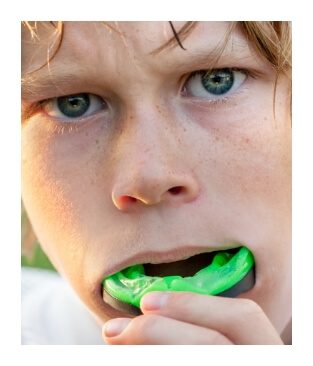
Contact sports like football and basketball can be great exercise for your child, but they also come with the risk of getting hit in the mouth. With one of our custom-made mouthguards, your child’s smile will be kept safe while they’re playing their favorite sport, giving you peace of mind as you cheer them on. Our mouthguards are different than store-bought oral appliances, as they’re custom-made for each patient’s smile; this makes them much more comfortable to wear and enhances the protection they provide.
Stainless Steel Dental Crowns
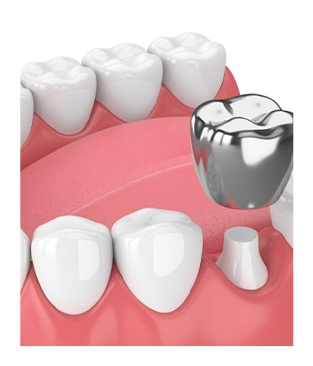
If a child’s tooth is too damaged or decayed to be repaired with a filling, we’ll use something a little more sturdy and durable—a stainless steel crown. One will prevent a tooth from weakening or potentially breaking, and part of the placement process involves removing any compromised enamel, which will help the newly restored tooth last much longer and stand up to the daily rigors of chewing.
Pulp Therapy
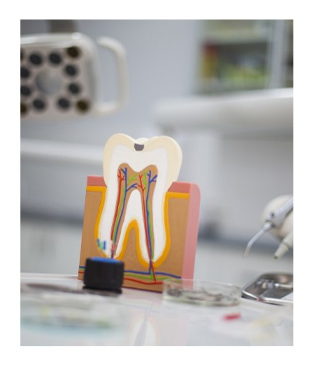
If your child develops a toothache, the harmful bacteria that is hurting their enamel might be able to reach the sensitive inner tissue of the tooth, known as the pulp. In this case, the only way to prevent the problem from getting worse is to perform what is called pulp therapy. Basically, we create a small opening in the tooth, remove the infected tissue, clean the interior, and leave any healthy tissue in place. This puts a stop to the pain and infection while also allowing the tooth to function normally.
I Need a Checkup & Cleaning I am Concerned About Bleeding Gums I Have a Cavity or Broken Tooth I am Missing One or More Teeth I Want to Enhance My Smile I Want a Straighter Smile I am Scared of the Dentist I am in Pain & Need Help I Need My Wisdom Teeth Removed I Have Pain in My Jaw View Our Services
